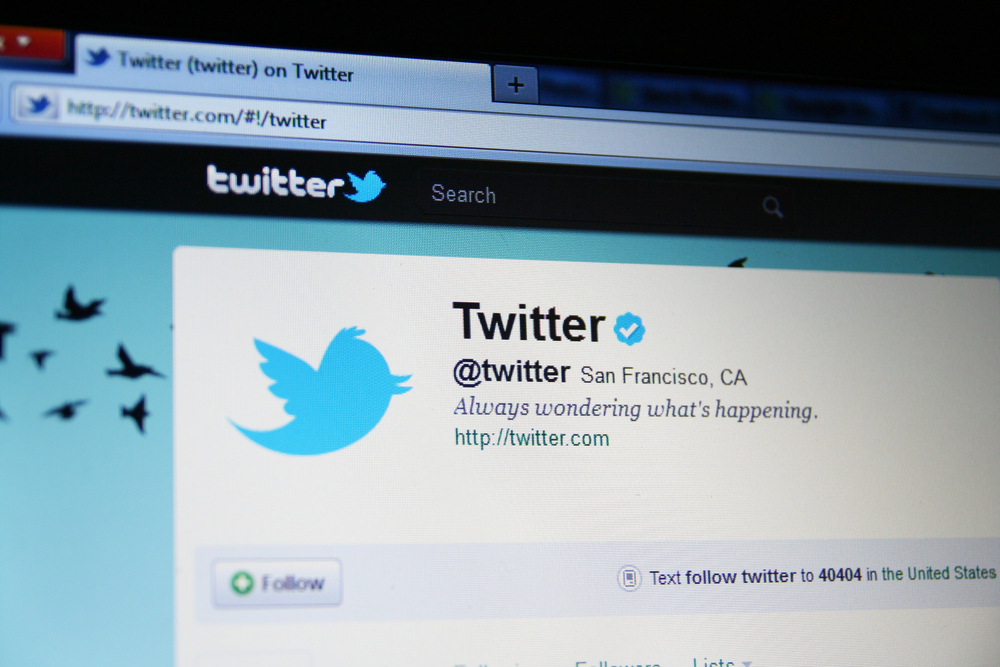Twitter seems almost custom-made for social marketing. It’s easily searchable, thanks to hashtags. It’s economical, requiring only 140 characters to craft messages. And Twitter can be used to just link external content. So it’s no wonder that brands are generally interested in cracking the code for how to win at Twitter marketing.
Marketers may need to be careful about not using too many hashtags in their posts. They may be an excellent tool for reaching target customers, but figuring out how to use them and how many to include can be daunting. What’s more frustrating is that some users seem to be fine with Tweets that are half-hashtag, while others seem turned of by feeds filled with nothing but tags.
Striking a #balance
According to the BufferApp blog, there is apparently a happy medium that marketers should strive to nail in terms of hashtag usage. It seems that while Tweets with hashtags get twice as much engagement as those without, Tweets with more than two hashtags experience a 17 percent drop in engagement.
It’s unsurprising that users might be overwhelmed by too many tags. The idea behind this Twitter feature has been to link seemingly disconnected content so that users could find conversations quickly. Spreading hashtag usage thin by including more than two might look like brands are desperate for views, shares and Retweets.
This issue encapsulates content marketing in general: The more a brand tries to reach as many potential customers as possible, the more obvious it is that they’re emphasizing quantity over quality. One or two hashtags function the same way as high-quality content with a strong focus – they indicate a narrow view. Content marketers should only want to reach the most interested customers anyways, so this limited perspective will end up being a boon for businesses.




